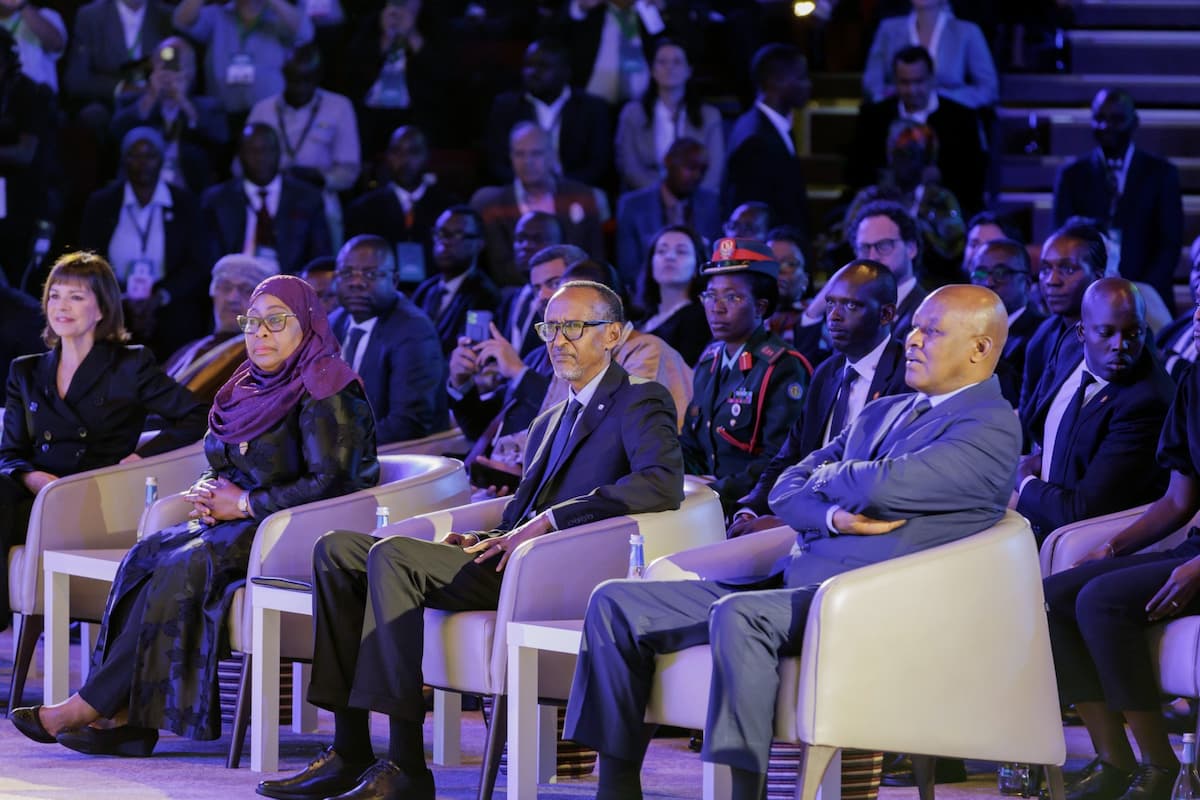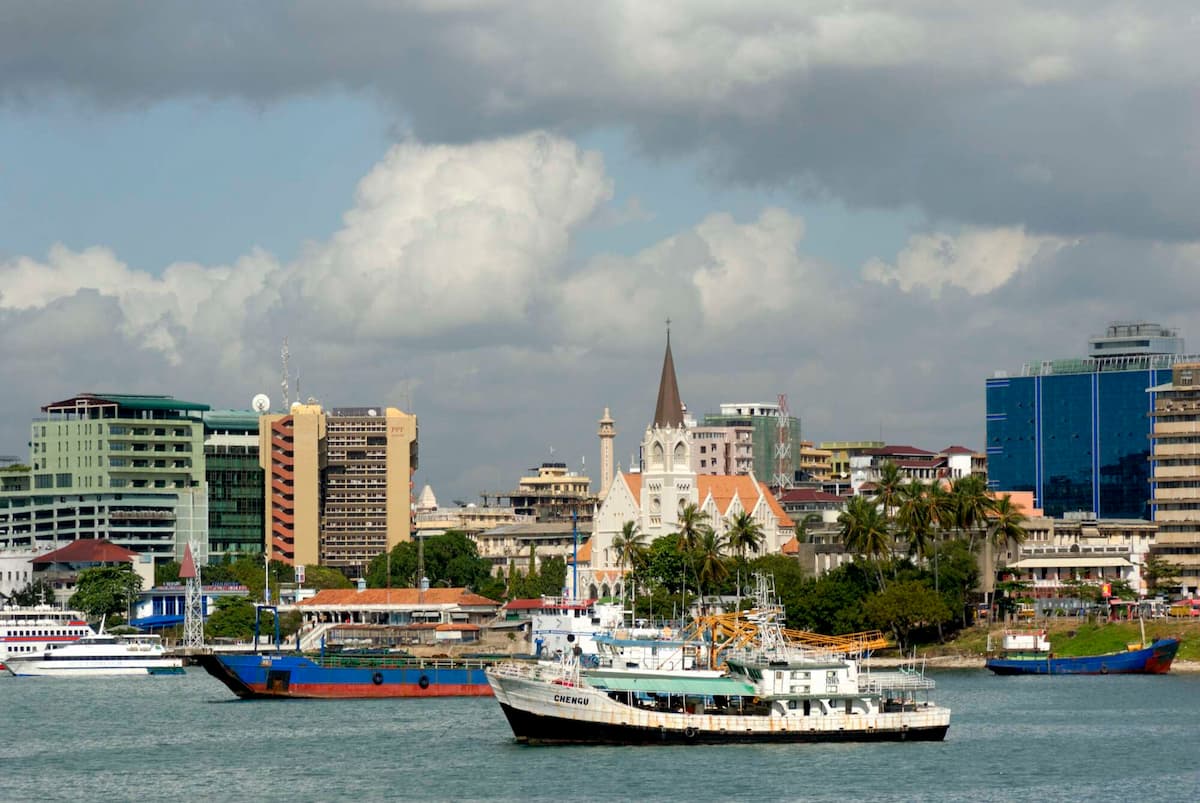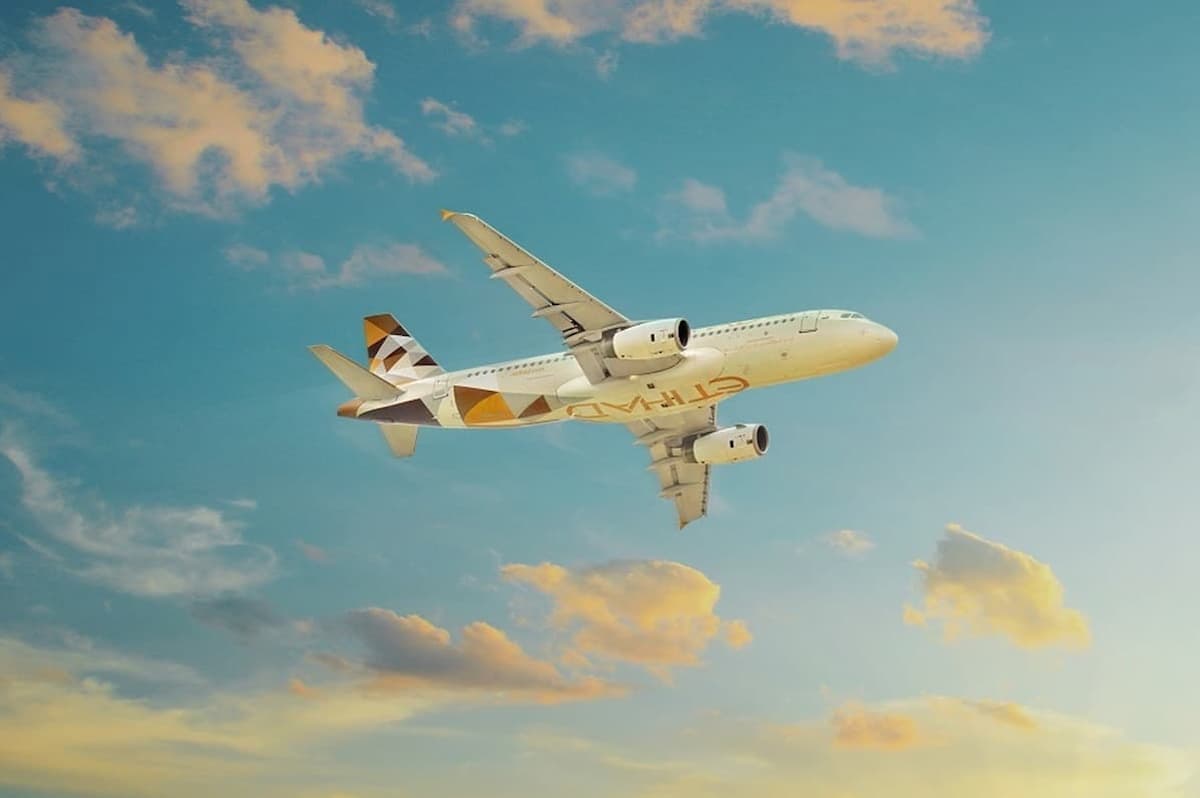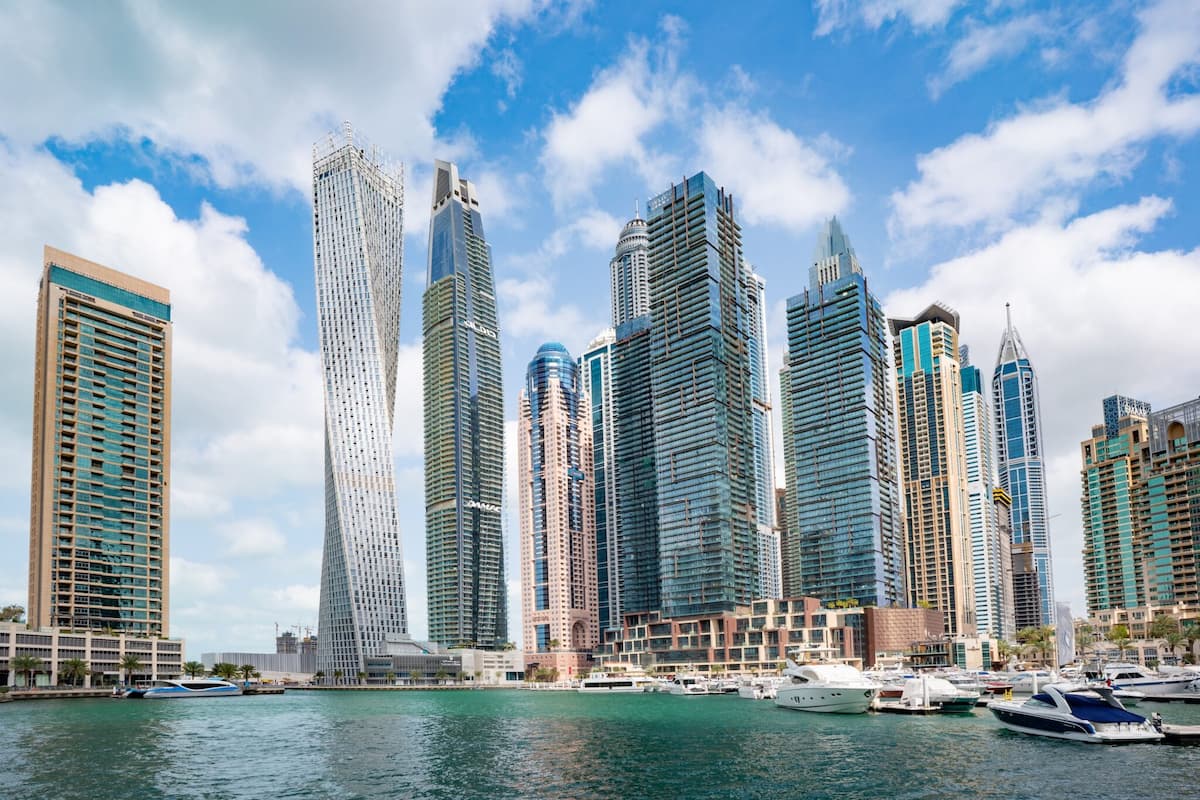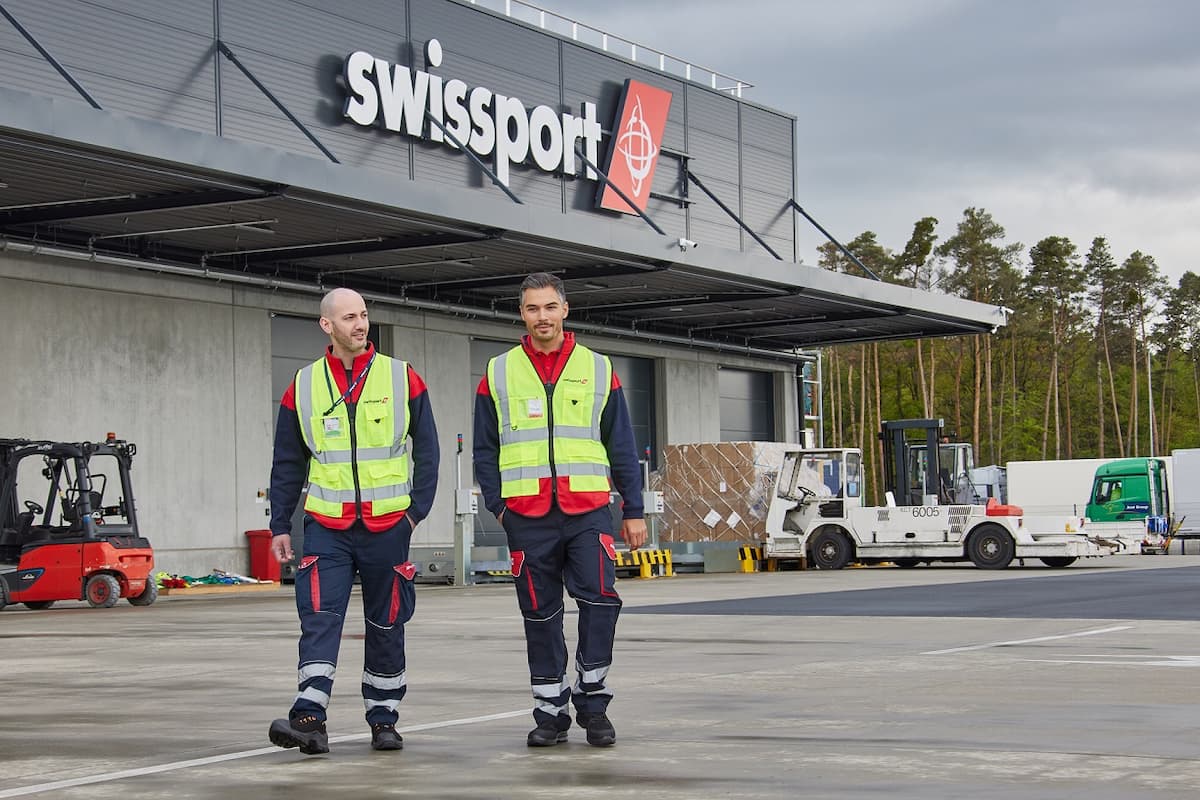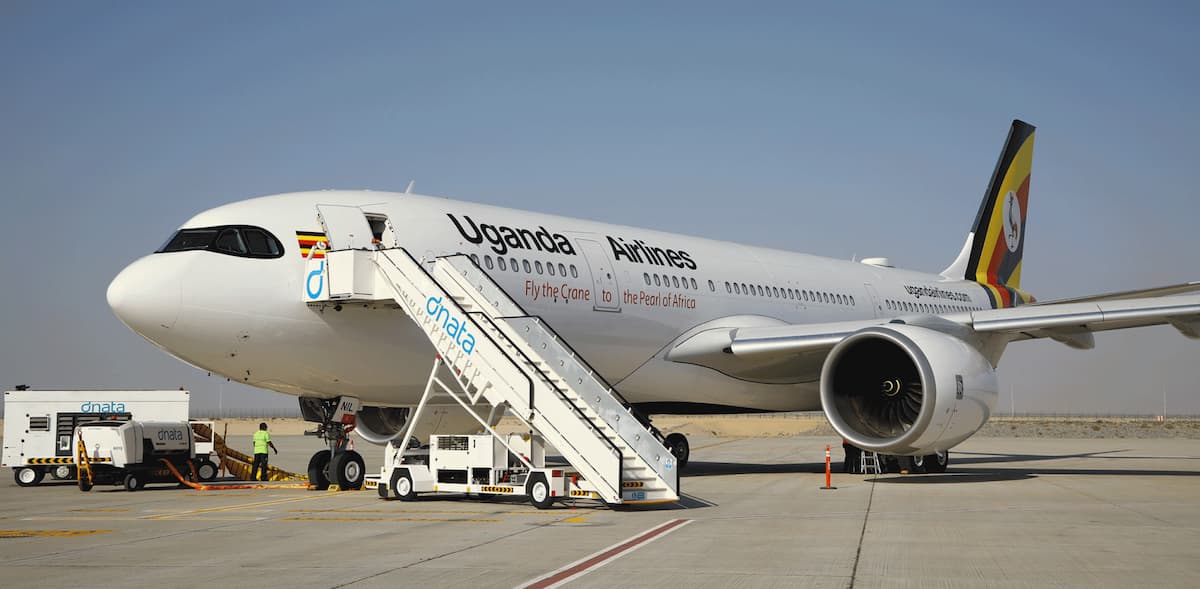A global meeting on tourism has kicked off in Kigali, Rwanda on Thursday with calls to African governments to step up investment in the sector to tap its potential to foster the region’s socio-economic development.
This is because, despite the steady growth of tourism in Africa, tourism has not fully realised its full potential, a situation which is mainly attributed to several bottlenecks in the tourism sector such as the narrow tourism product offer which is mostly focused on wildlife-based tourism at the expense of other tourism segments.
During the opening ceremony of the 23rd Global Summit of the World Travel and Tourism Council (WTTC) on Thursday, Presidents Paul Kagame of Rwanda and Samia Suluhu Hassan of Tanzania jointly underscored the critical importance of regional tourism collaboration.
A global meeting on tourism has kicked off in Kigali, Rwanda on Thursday with calls to African governments to step up investment in the sector to tap its potential to foster the region’s socio-economic development.
This is because, despite the steady growth of tourism in Africa, tourism has not fully realised its full potential, a situation which is mainly attributed to several bottlenecks in the tourism sector such as the narrow tourism product offer which is mostly focused on wildlife-based tourism at the expense of other tourism segments.
During the opening ceremony of the 23rd Global Summit of the World Travel and Tourism Council (WTTC) on Thursday, Presidents Paul Kagame of Rwanda and Samia Suluhu Hassan of Tanzania jointly underscored the critical importance of regional tourism collaboration.
With attractions and experiences that complement one another, the region stands as a single, multi-faceted tourism hotspot.
Tanzanian President Samia Suluhu Hassan shared her insights on the vital role of tourism in Africa’s economies. She revealed that in Tanzania, the tourism sector contributes a substantial 17.2 percent to the country’s GDP and accounts for 25 per cent of total export earnings.
This contribution she said, not only highlights the sector’s significance but also underscores its potential for “While this is a massive contribution for one single source, it entails that Africa can leverage tourism to drive economic growth and create employment opportunities. The sector (tourism) if well utilised can be of great use to most African countries in terms of repositioning the continent in other connected sectors and henceforth attract more foreign currencies…” said Suluhu.
East Africa is setting its sights on becoming a prominent tourism hub, akin to some of the world’s most renowned destinations.
However, industry experts say the vision for success lies in a groundbreaking strategy: 80 percent of tourists are expected to originate from within the region itself.
This ambitious target calls for a re-evaluation of existing approaches to tourism development, including a fresh perspective on urban areas and cities as key tourism destinations.
“The region suffers from a narrow range of tourism products which are predominantly nature-based; market efforts are biased towards the traditional markets” Geoffrey Manyara, a tourism expert at the United Nations Economic Commission for Africa (Uneca) Sub-regional Office for East Africa in Kigali told The EastAfrican.
Manyara highlighted that the region’s tourism potential faces challenges such as a shortage of qualified tourism professionals, high air travel costs, limited accessibility, and inadequate tourism statistics, hindering strategic planning and sector development. Economic growth and job creation.
However, opportunities lie in tapping into the intra-East African Community (EAC) and the broader African market, in addition to nurturing domestic tourism.
“Given that the current efforts appear to be targeting the traditional markets, it will be good to see more efforts being made to tap the emerging African market which is showing great potential from what we have seen in the recent past, and more, so during and post the Covid-19 pandemic.”
The East African Community Tourism Marketing Strategy for 2021-2025 which aims to foster inclusive and sustainable tourism within the EAC region emphasizes the intra-EAC market and aims to attract over 11 million intra-EAC tourists by 2025, a significant increase from the 6.8 million recorded in 2018 if the strategy is effectively executed.
According to WTTC, Africa has the world’s youngest population and by 2033, $1 in every $13 created in Africa, will come from travel and tourism and 1 in 17 jobs will be in the sector.
This demonstrates the huge potential the continent’s sector has for new jobs and new economic growth for young people across Africa.
Source: The Eastafrican

